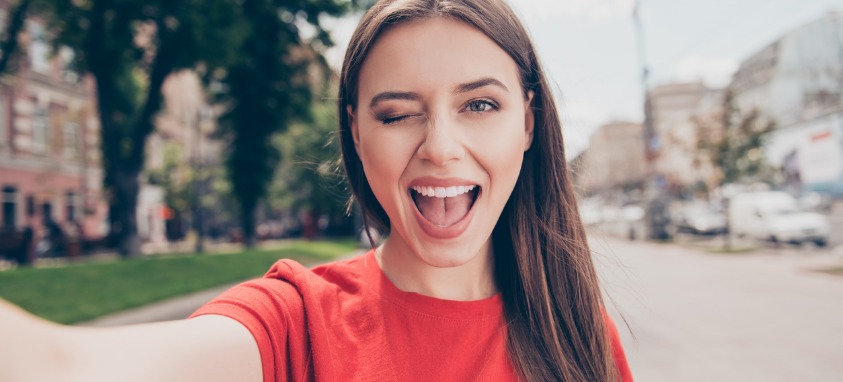New Apps Make Event Influencer Marketing Easy
When Kim Kardashian posts a photo of a new loose powder pigment eyeshadow to her 120 million followers, she immediately gets 384,607 likes, and product sales raise more than eyebrows. That, my friends, is how you “break the internet.” How can you harness some of that celebrity juice for your event? The key, according to event tech experts, is to focus on micro-influencers to reach the right audience and motivate them to take extreme action—that is, show up at the ballroom.
The Trust Factor
Rachel Stephan, founder of Snoball event influencer marketing, explains the shift to getting people to talk about your event—instead of buying ads to tell people about the event—with one word: “trust.” She points to studies that show that only 30 percent of people believe what they read in ads, yet an overwhelming 92 percent trust word-of-mouth recommendations.
More: Big Influence of Influencers on Meetings Industry
As that last statistic sinks in, factor in how a significant portion of your audience won’t see purchased digital messages. That’s because of ad blockers and GPDR purges of many email marketing lists. Instead, event marketers must find a way to talk to potential attendees when they are paying attention.
The obvious answer for Stephan, who just over a year ago launched a digital tool for simplifying the process of spreading event news, was leveraging the speakers, sponsors and exhibitors who already have a platform—and an incentive to promote the event. Since people are making the effort to come hear this person speak, she reasoned, so why not give this thought leader a bigger digital platform? Snoball does just that by creating branded landing pages that make it easy for speakers and other event talent to post prewritten, automated email and social media posts. It even offers ways to monitor social media mentions, track web traffic data and reward influencers. That is how you build momentum—hence, the snowball effect.
“Everyone is trying to do the same thing—get speakers to promote the conference and themselves. The solution is to have them talk about their own session and product using prepackaged posts,” Stephan concluded. “That is a win-win.”
Micro vs. Macro
Yes, the Kardashians and Seth Godins of the world have huge followings, but that doesn’t make them good ambassadors for your brand. Stephan suggests examining potential influencers’ audiences to see if they are aligned with your brand and story.
“We want people who have a relatability factor,” she said. That is where micro-influencers can be effective. They may not have millions of followers, but they reach the right 50,000. And they have time to engage with their audience and respond in a way that an uber-celebrity might not. That is how communities are built.
Related: 9 Influencer-Approved Tips for Planning Picture-Perfect Trips
Then, pay attention to the analytics. Experiment with platform, post style and format, and see what resonates. The same piece of co-created content can be formatted as an article, a video, an e-book.
“Influencer marketing is in its infancy in the events world. Some education still needs to be done. We just want to make it easier to try,” Stephan said.
Influence in Action
Stephan didn’t just talk about her solution at this year’s IMEX America in Las Vegas. She demonstrated it in real time. “We took our own advice and designed an influencer campaign featuring attendees. At a conference like that, everyone at the event is an influencer,” Stephan said.
She started by identifying the 15 most influential people who would be attending. She reached out to them with a few questions centered around advice for a first-time IMEX attendees (wear comfortable shoes came out on top).
“This wasn’t about us. It was about providing value,” she explained.
Snoball then created a blog with the responses and dissected them into small graphics that were branded with the influencers’ photos so they could easily be shared with their audiences. “Snoball is being seen but is not the main focus. We are not saying come visit us in our booth. We were sharing actionable information,” she said.
The results were overwhelmingly positive. “The influencers reported that they were treated as celebrities. People recognized them and thanked them for the advice,” she reported. Snoball was seen as a player in the space that delivered valuable information—a brand to be trusted.
Now Stephan is writing a follow-up blog to talk about the takeaways. “Follow-through with the influencers is very important, as this is about relationships,” she said.




